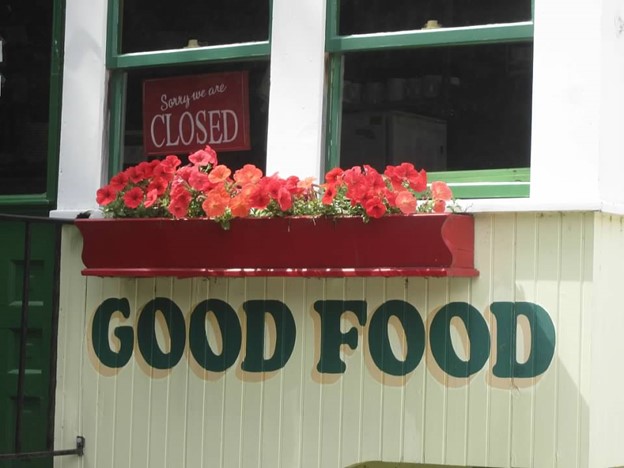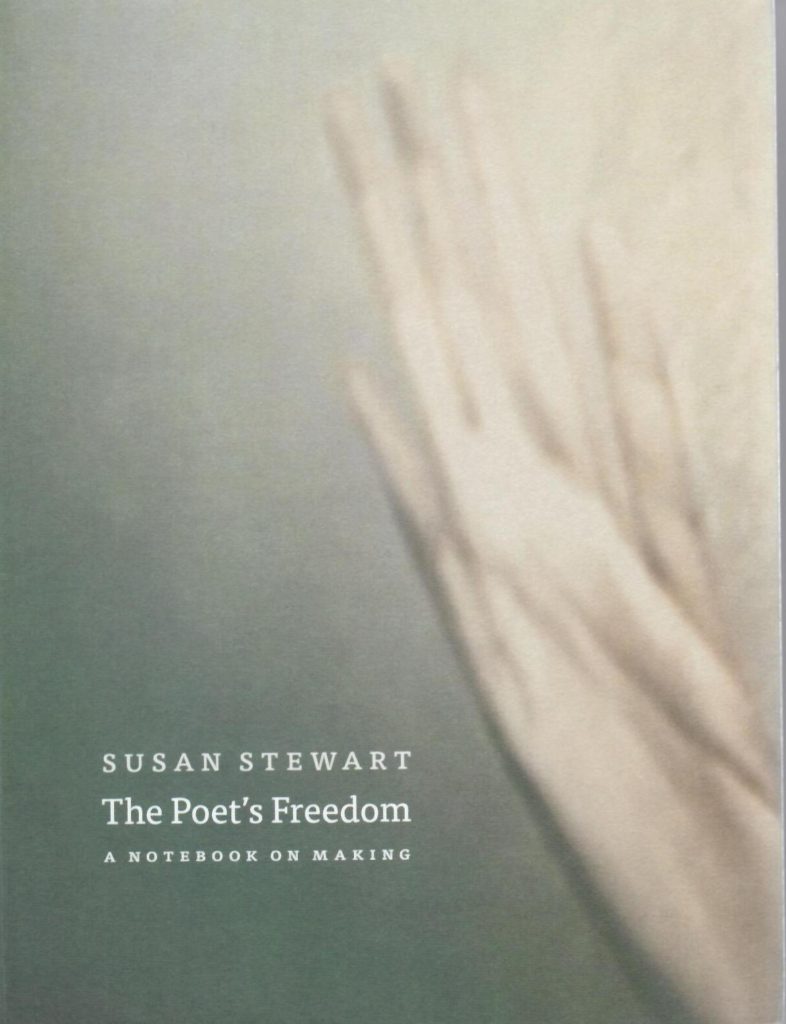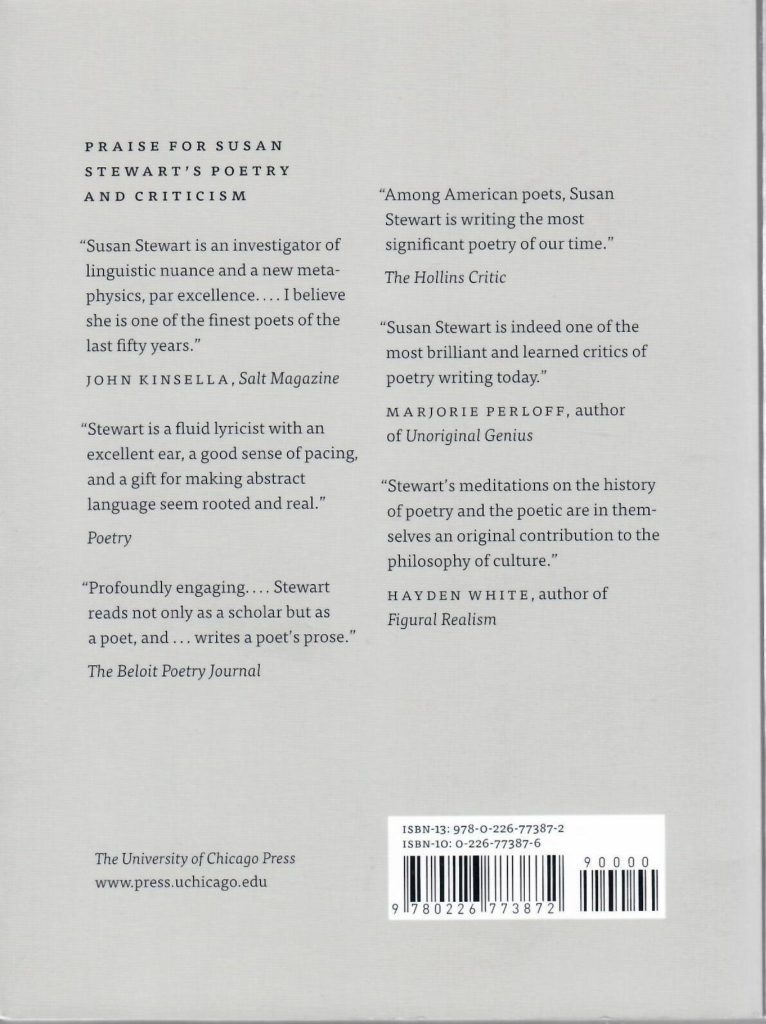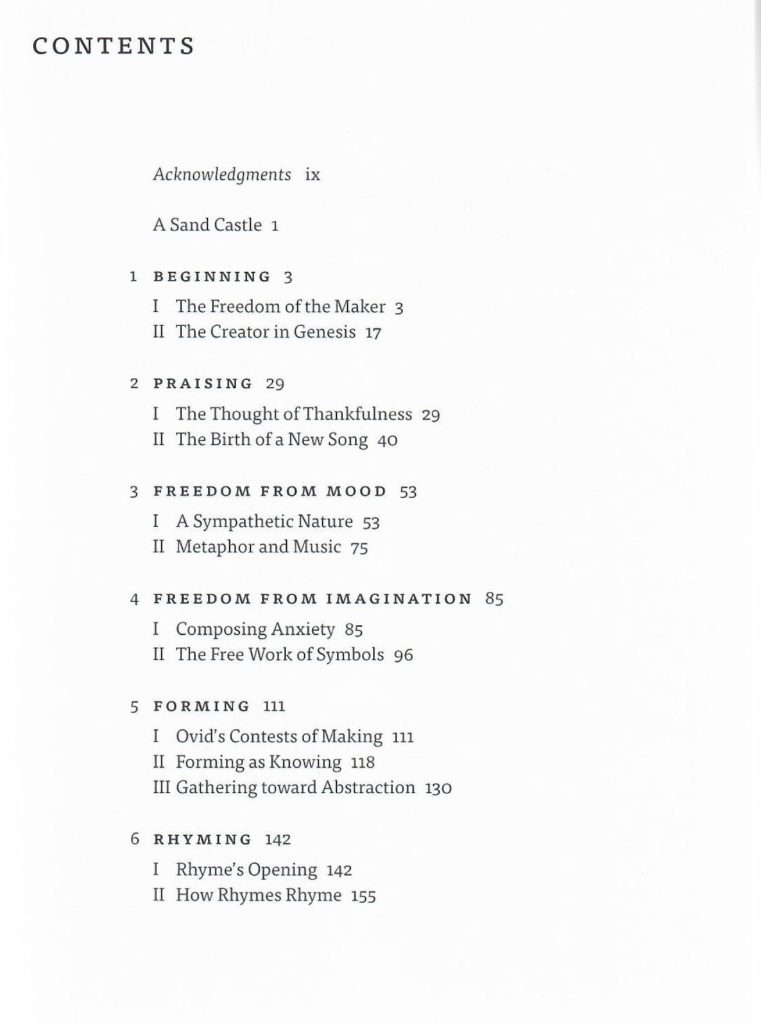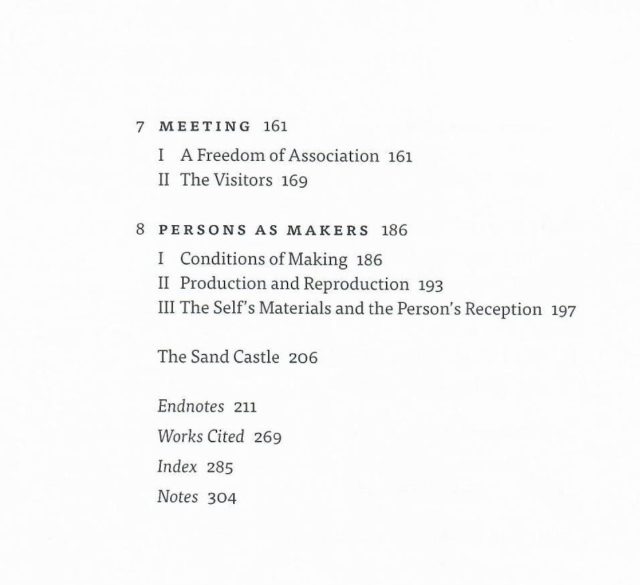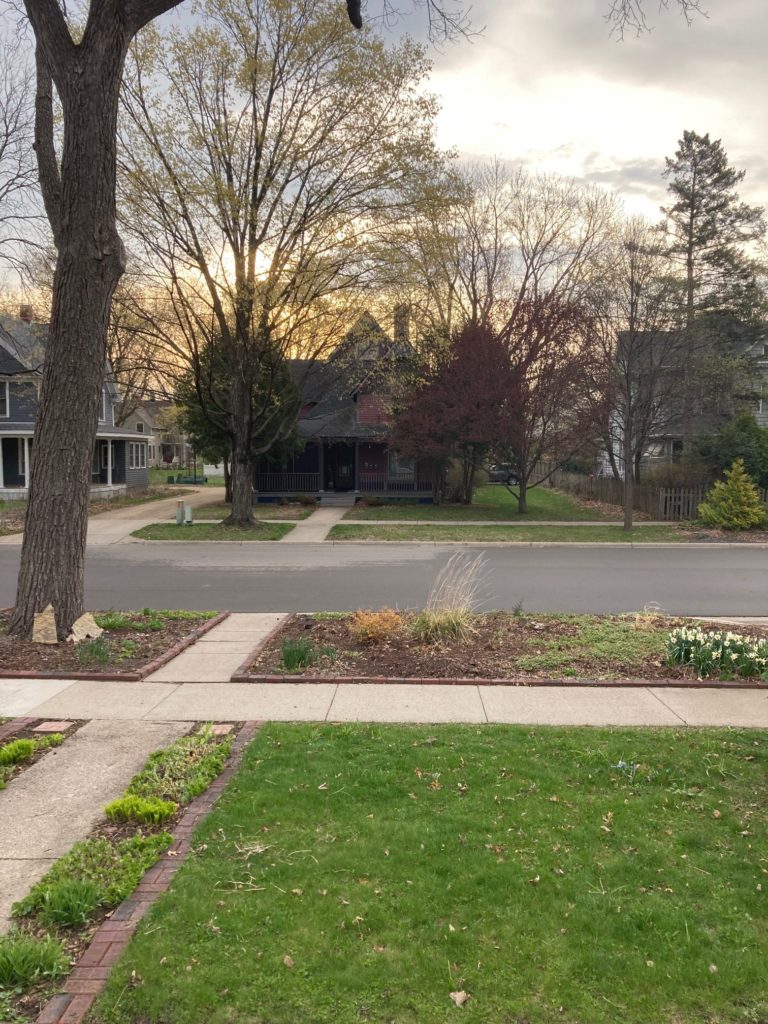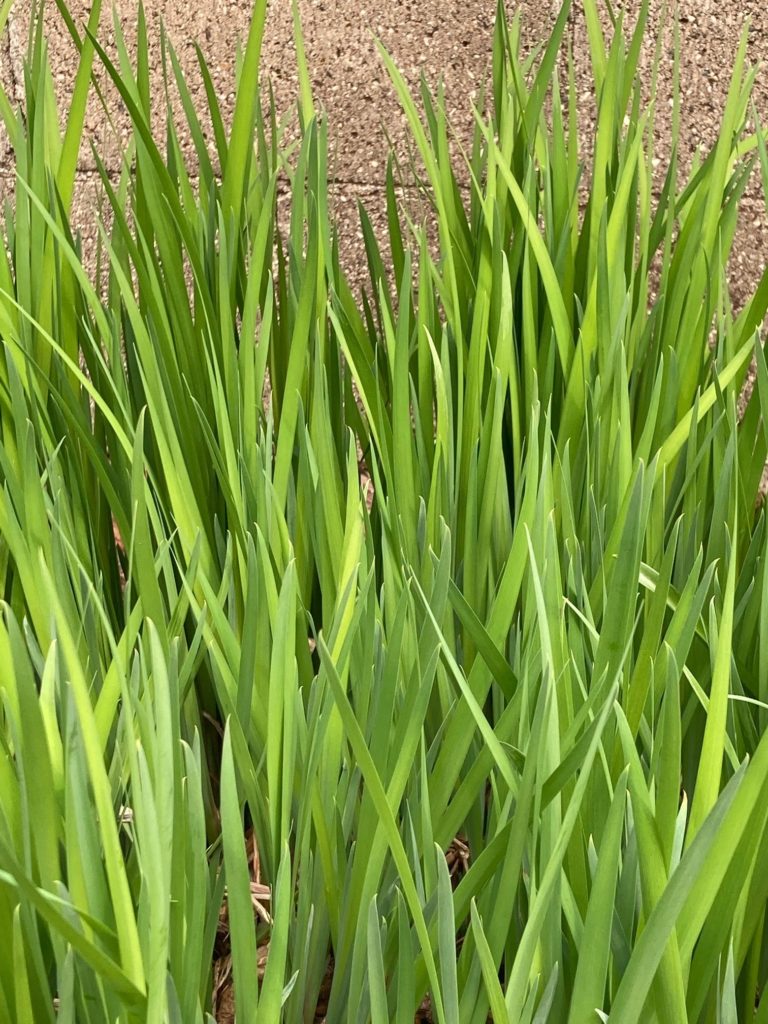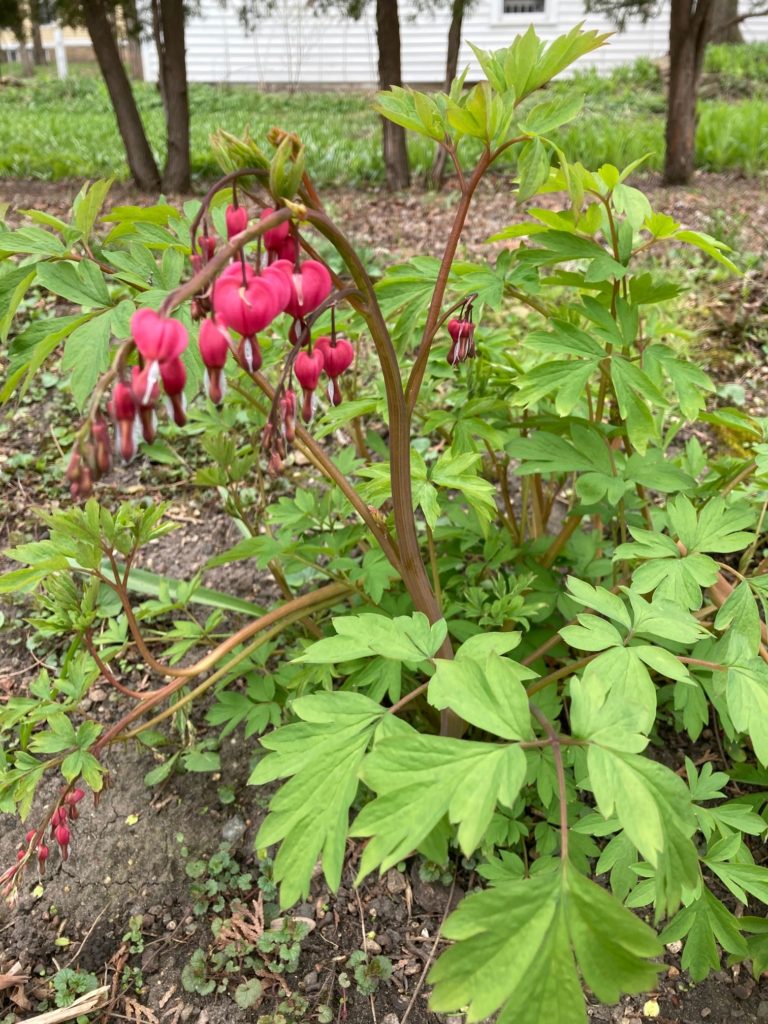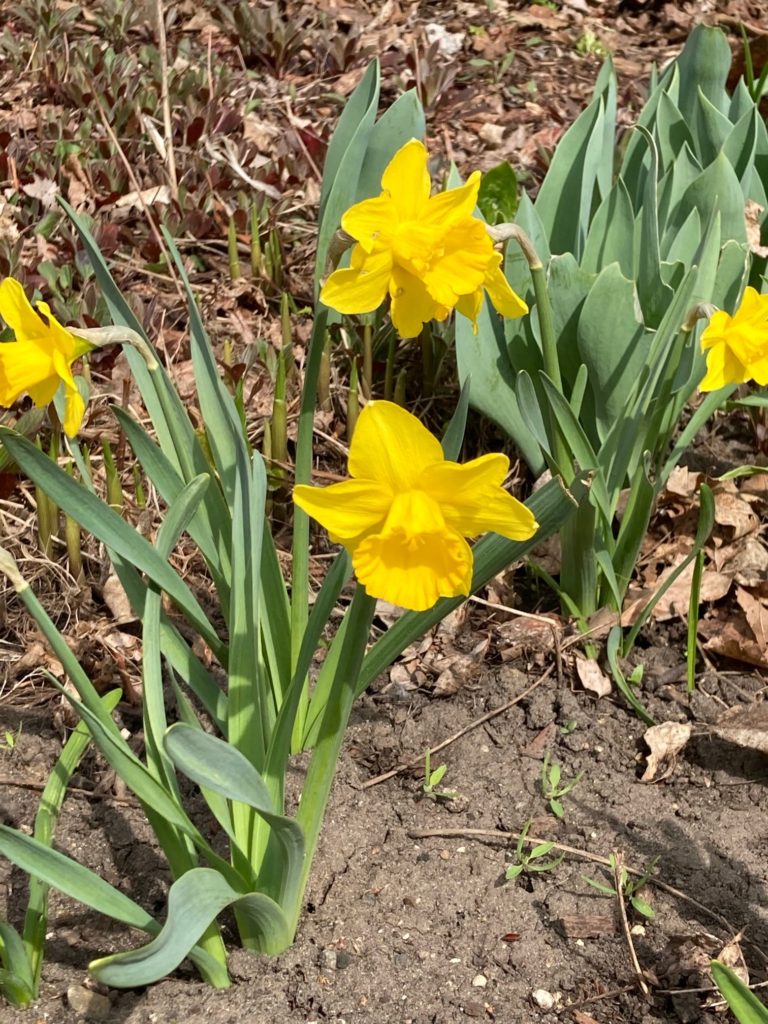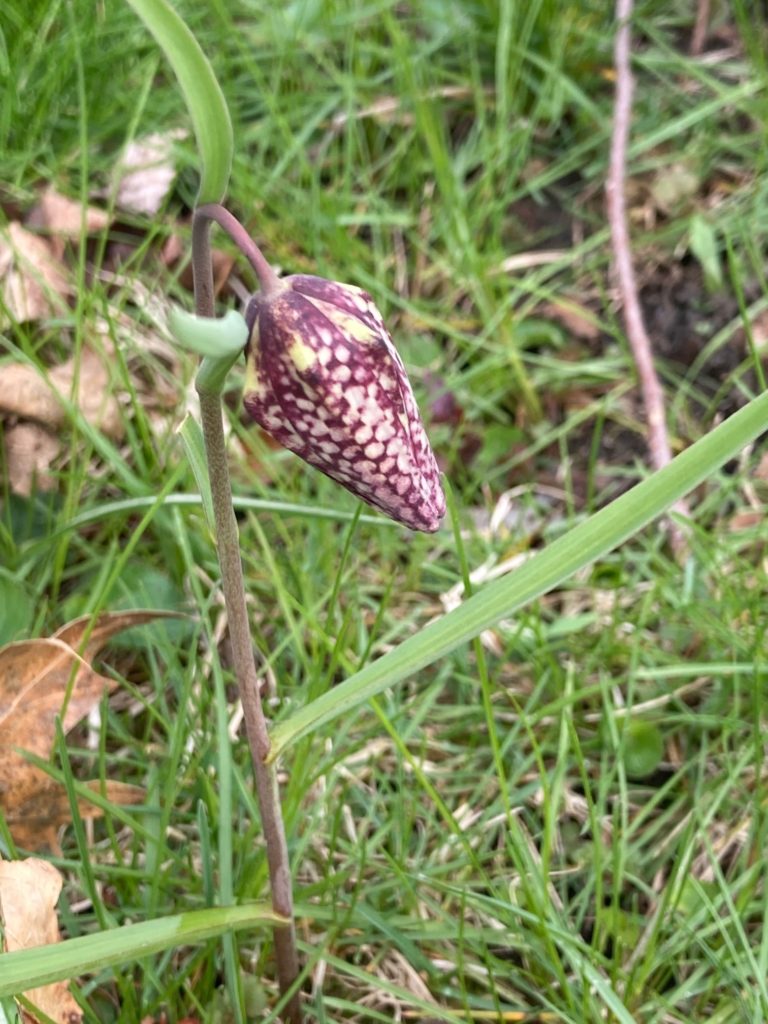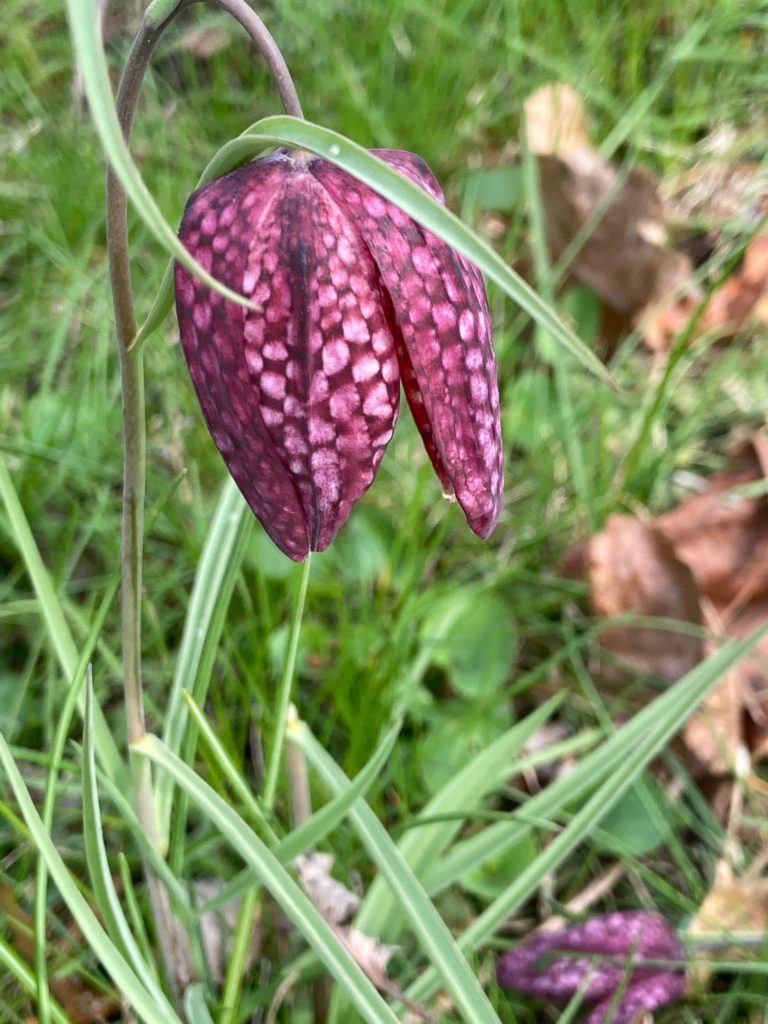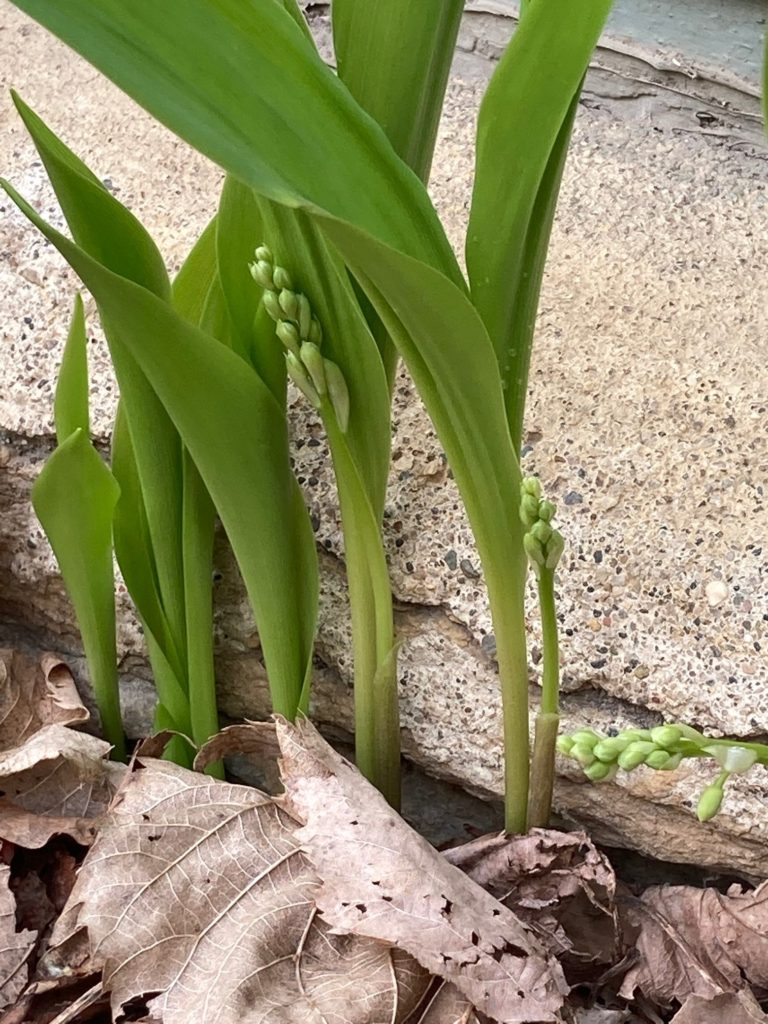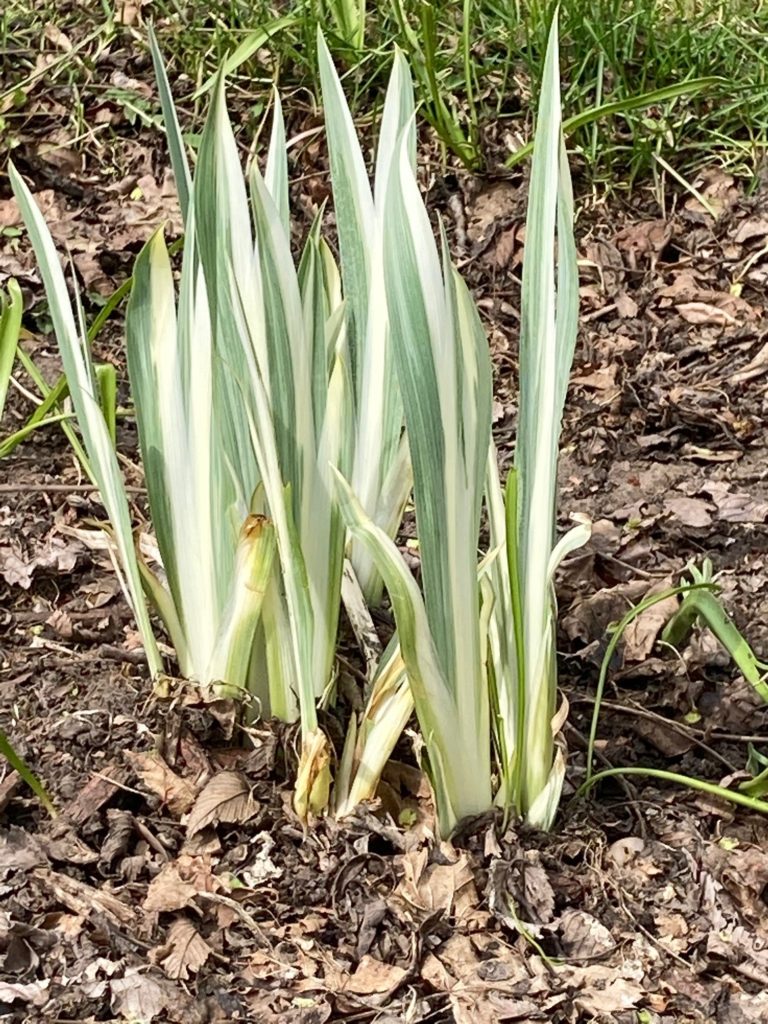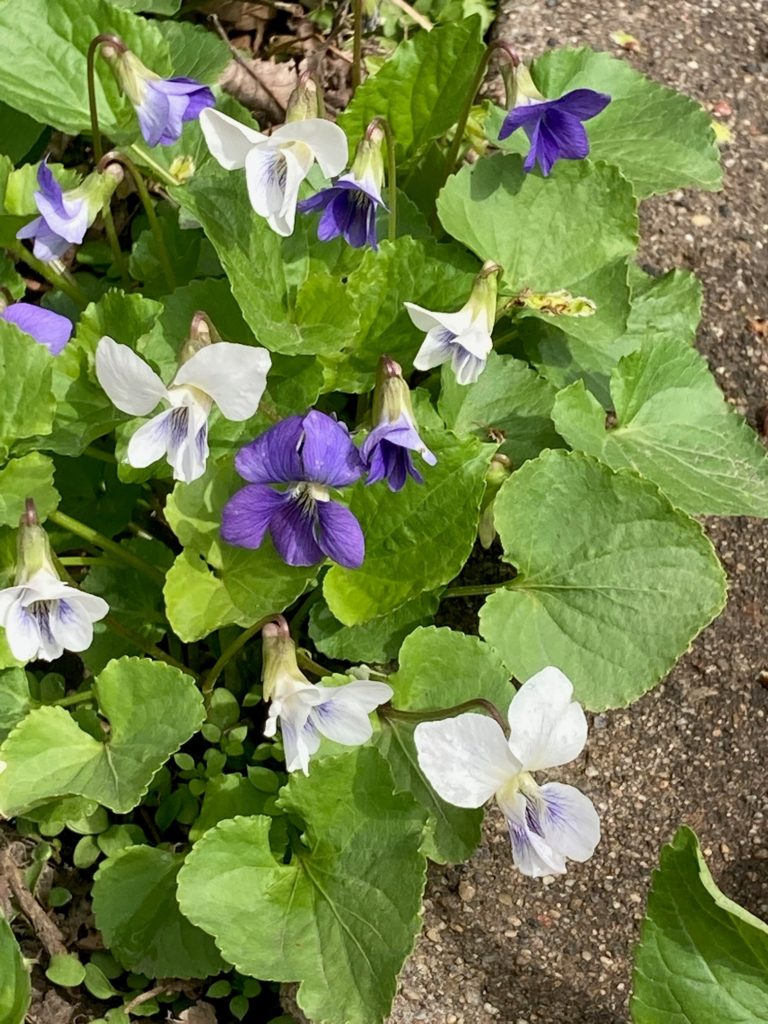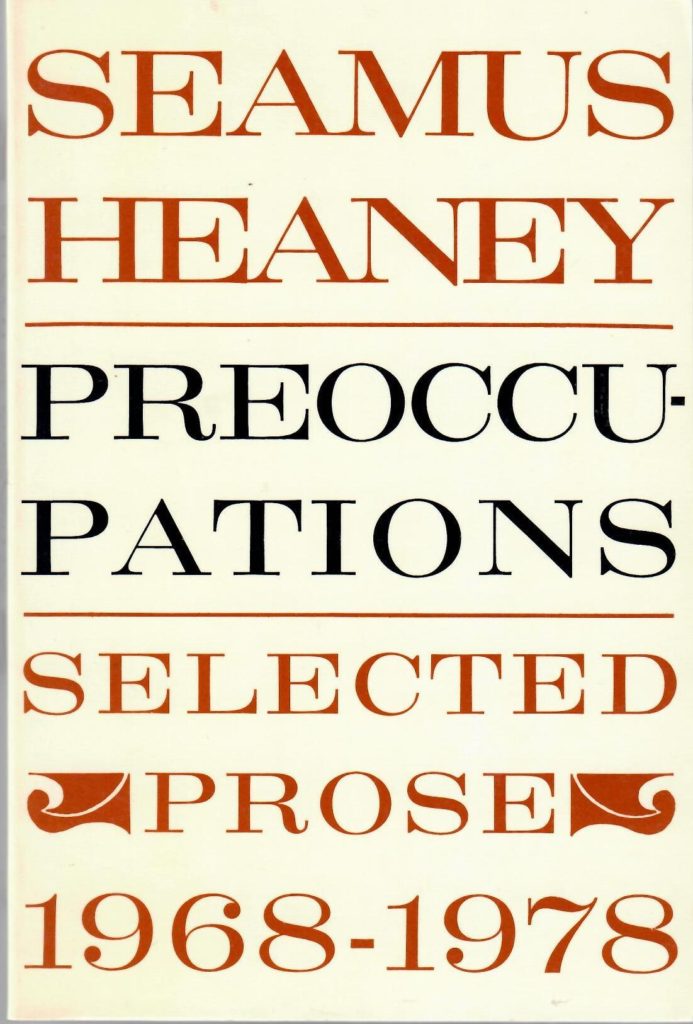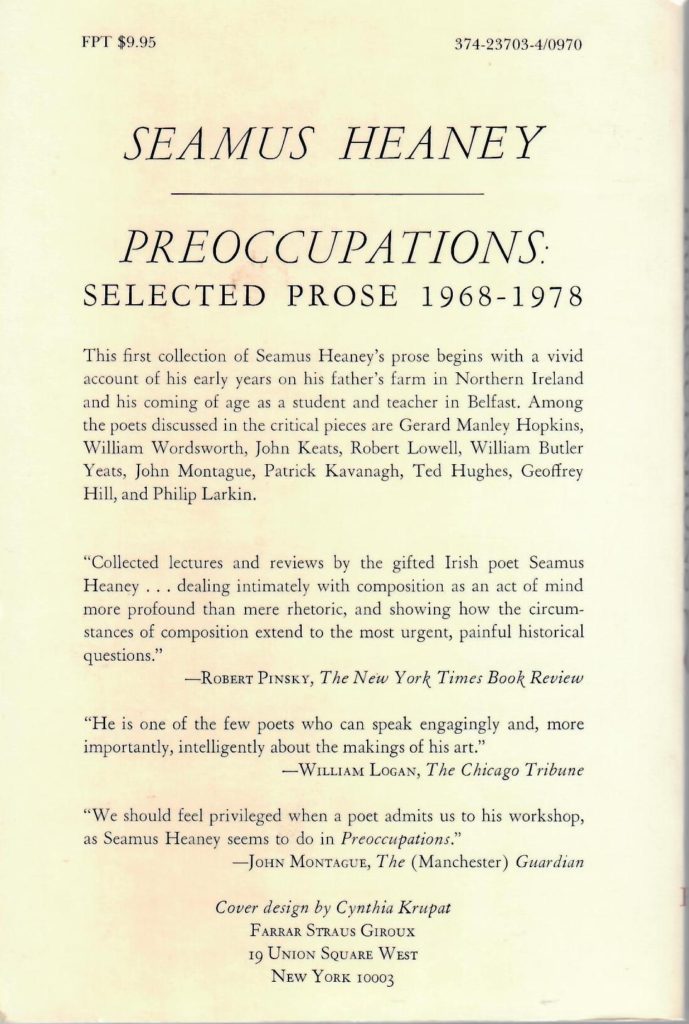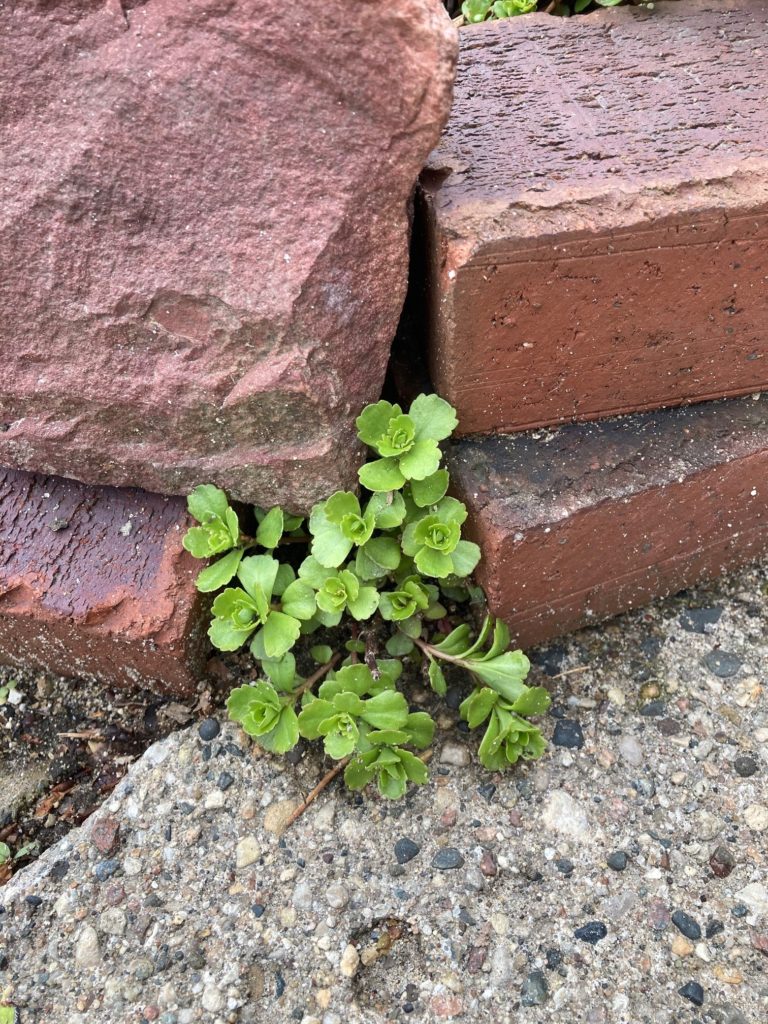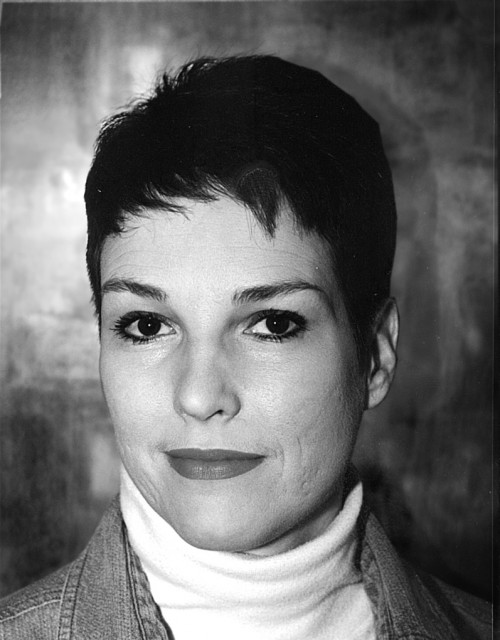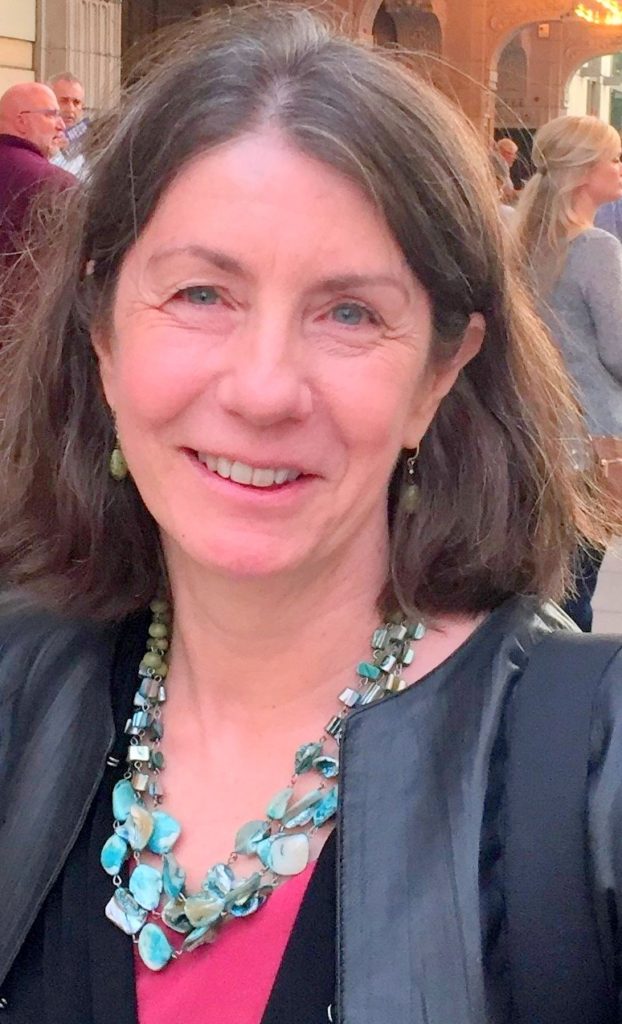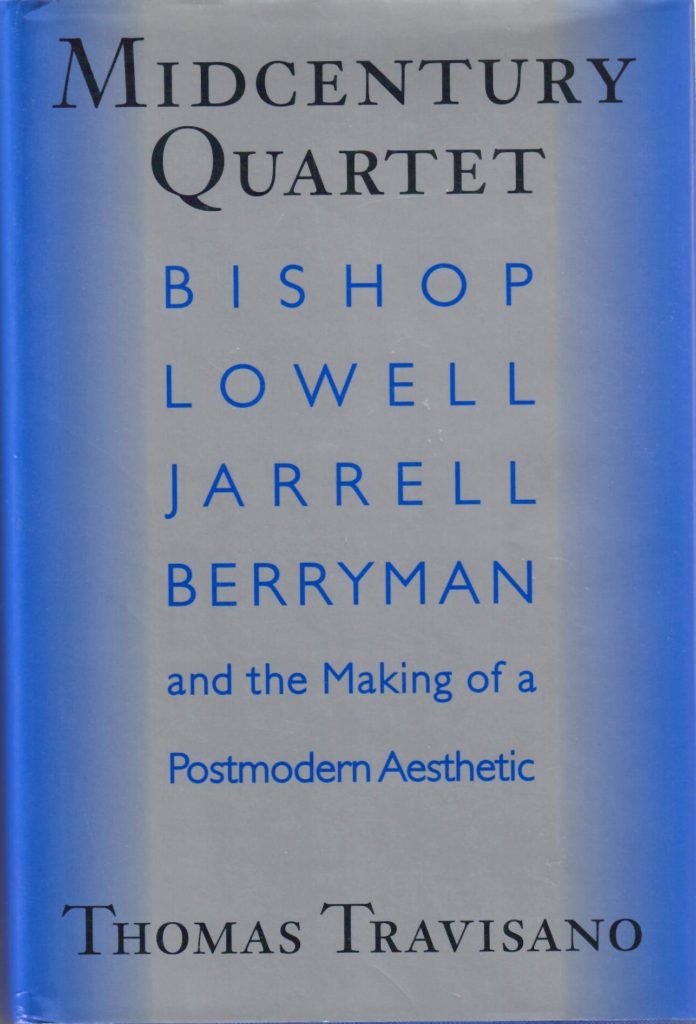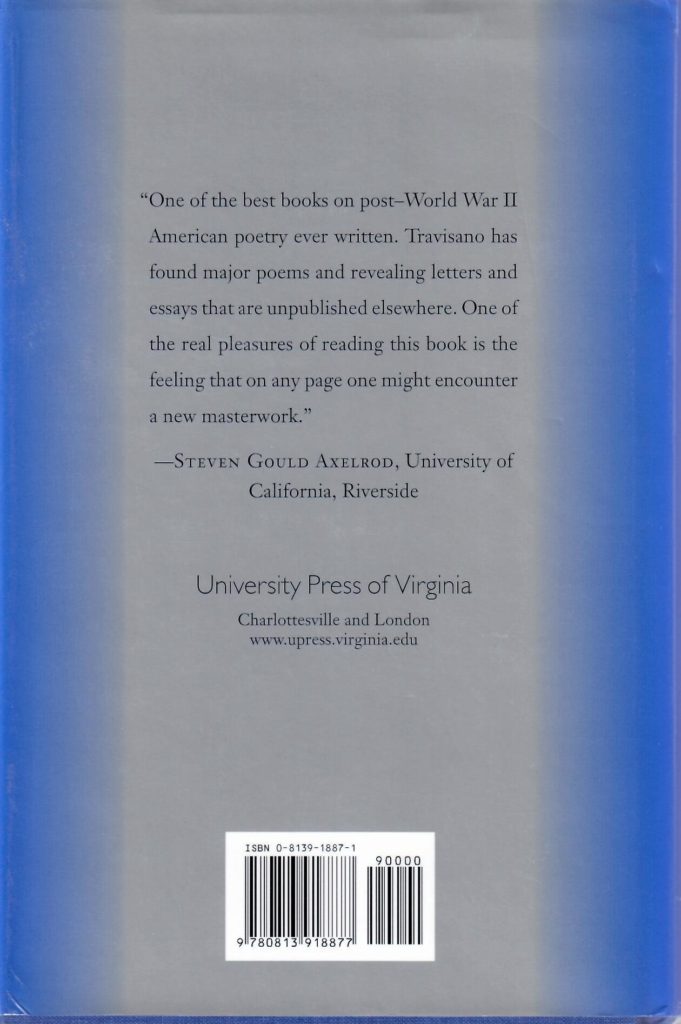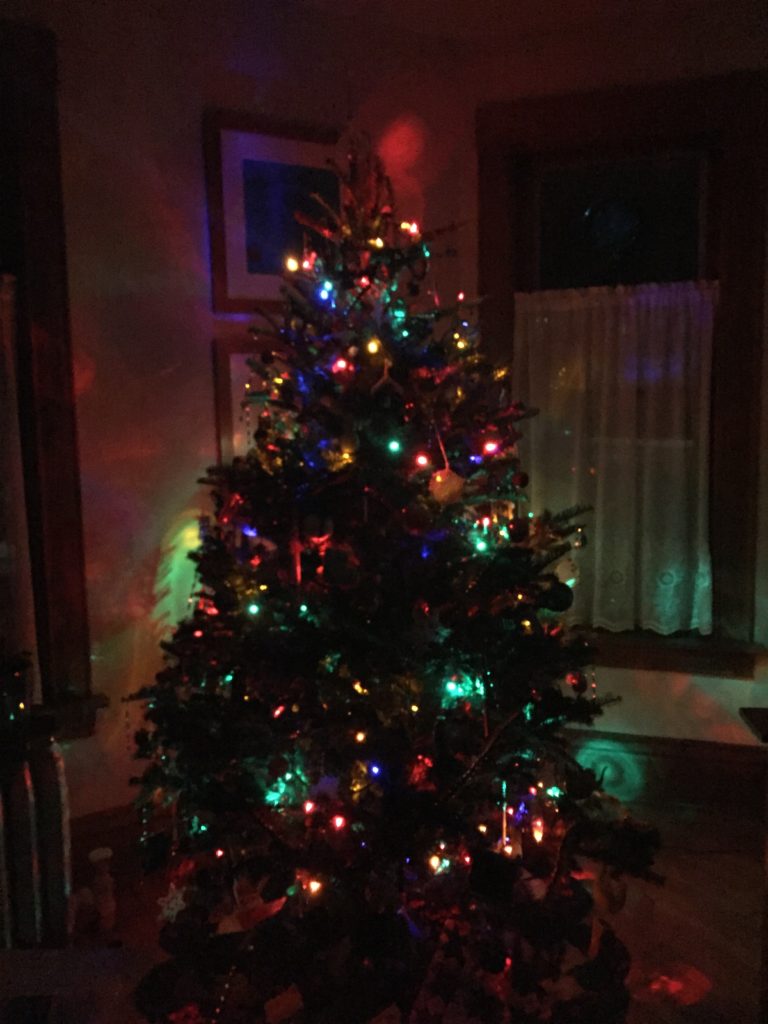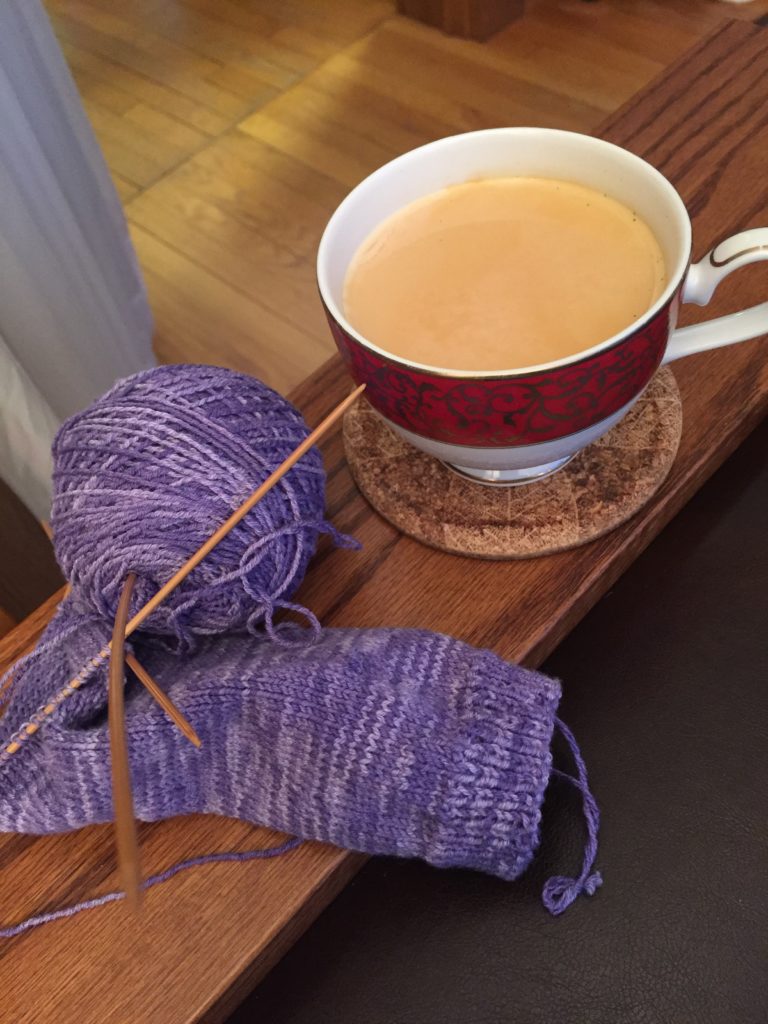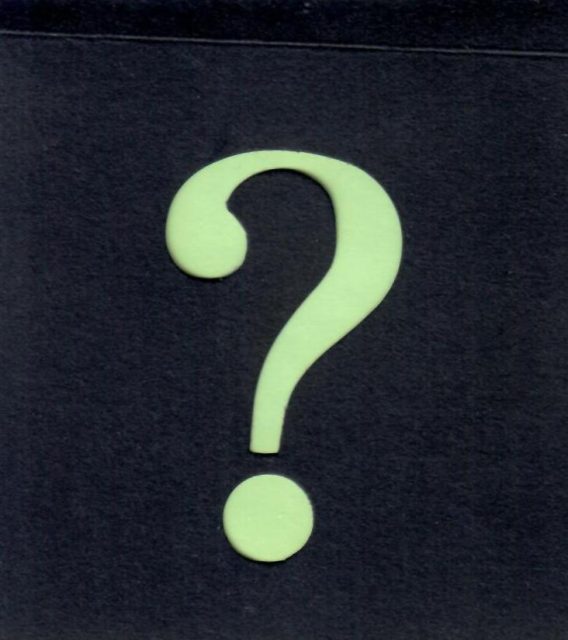
Context for Poem “Wondering… “:
Have you ever felt frustrated by the need to check just one answer when the truth is more complicated? If so, you will resonate with this usual and beautifully written article by a young scientist, Ariana Remmel, published in the young digital magazine, Catapult. Reading it this morning was the catalyst for my poem today. The article can be found through the link below.
“Organic Chemistry Taught Me to Fully Inhabit My Mixed Identities
I am not half of anything. I am only me, a single whole with multiple truths.”
Why should we need to choose between science and art? Prose or poetry? Sunlight, lamplight, moonlight, insight? Why not claim it all?
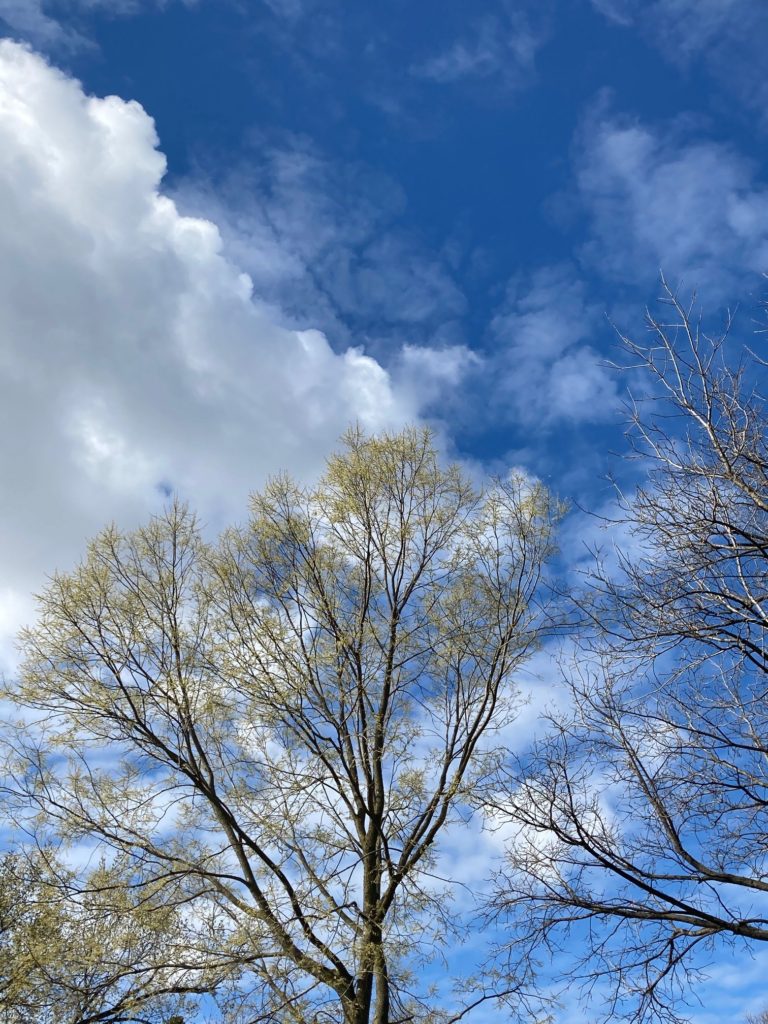
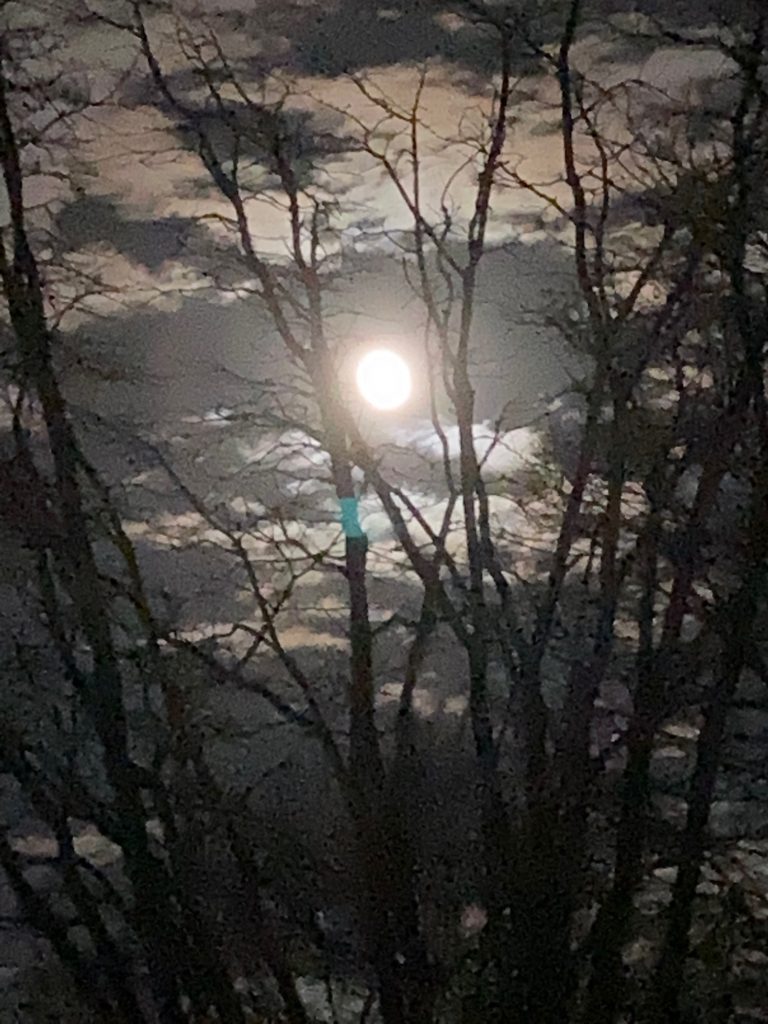
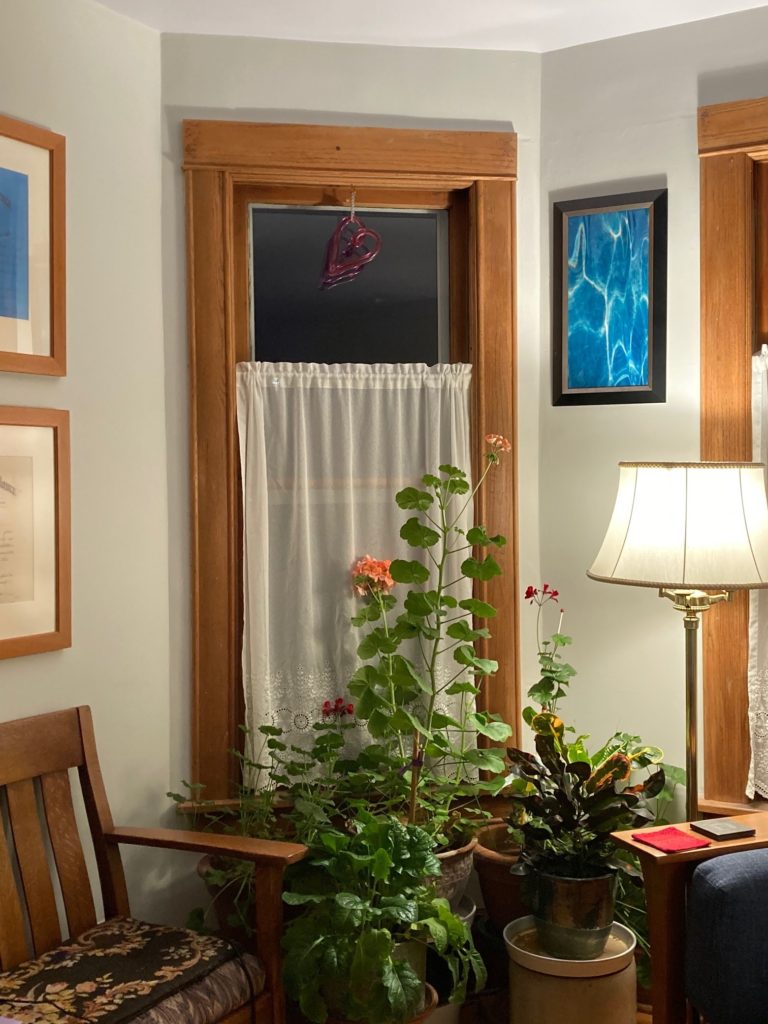
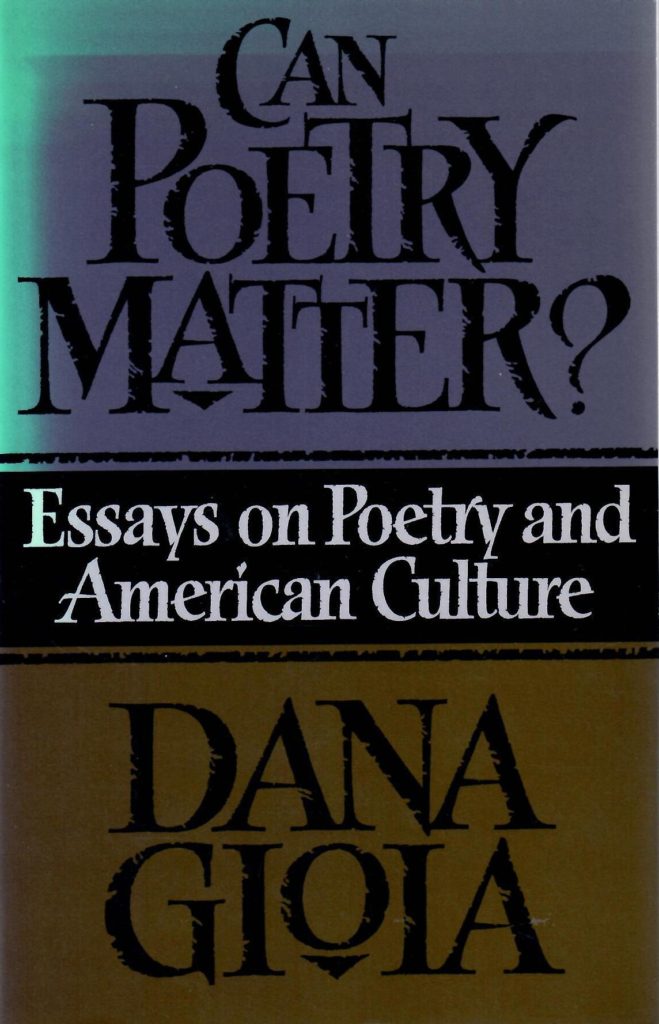
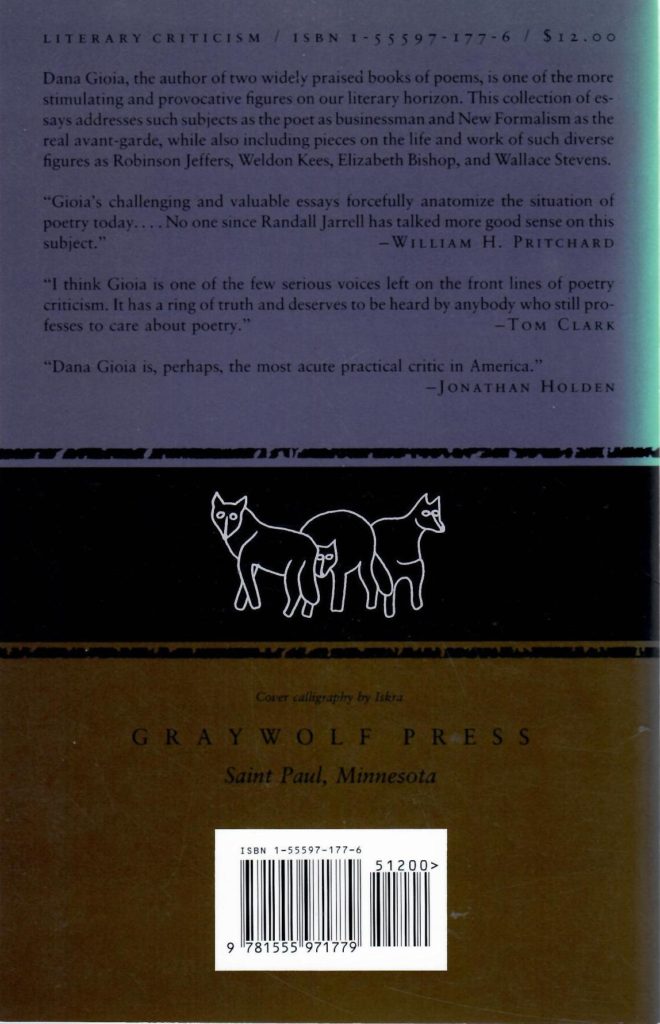
It is gratifying to be rereading these seminal essays, published by Minnesota’s own Graywolf Press in 1992, nearly thirty years later, now for me half a lifetime ago. The questions the essays raise are still valid and compelling to me, the light they cast still true. Beginning with the cosmic question of “Can Poetry Matter?” in the broadest context, considering trends and contributions of several poets, and concluding with speculation about “New Formalism” as a cultural force, the collection stands the test of time. I am grateful to Dana Gioia for putting it out into the world for all of us to consider.
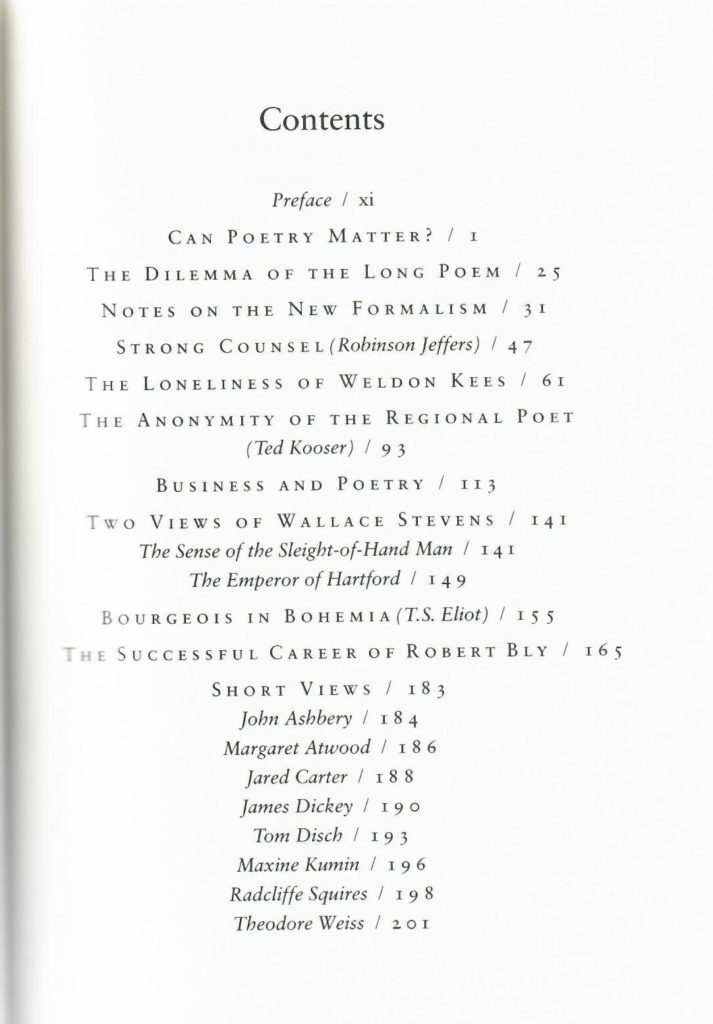
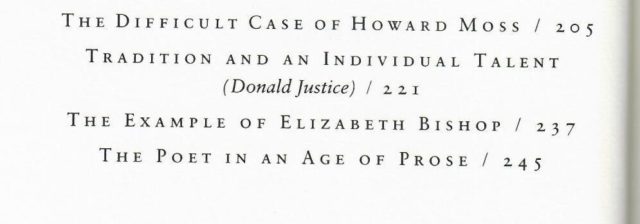
All of this month, I have been thinking about the ways that poetry has made my life better.
The generosity and startling abundance of poetry shapes my every idea of the world–how it can be at its best, and how it often is. My circle of friends and associates is much wider and richer due to poetry, the “birds of a feather” principle at work. Some friendships have been sparked directly by poetry and others have been deepened by them. Below, just a few examples of relationships not just with the poems themselves but with other people that would not be as deep, or exist at all, without a mutual love of poetry.
A woman I met on a plane more than a decade ago is now a friend; though she lives in another city, she has traveled to two of my readings, and we have shared tea and poems by other poets. Through sustained contact with certain editors, I have learned about their own poetry and the labor of love it is to edit a journal. I am lucky enough to have worked with talented young writers to study poetry, then write and publish their own. My own neighborhood is rich with other poets whose energy and talent amaze me. Through the National Poetry Writing Month activities in April and this blog, I have “met” some amazing poets in other cities and countries whom I consider friends. The City of Northfield has in many ways been open to civic and educational poetry projects, and on some of these I have had rewarding work as a volunteer. One of my dearest friends, a talented writer but not herself a poet, was moved through our conversations about the art form to write her own poem to say the unspeakable grief she felt to a friend who was dying. Another friend asked me to read a favorite poem by John Donne at her husband’s funeral, which I was honored to do.
Some mornings, being active in poetry just brings a smile I was not expecting. After the Earth Day post this year, I received a comment in the form of verse from a friend in Winona, Ted Haaland. I met Ted through the Maria W. Faust Sonnet competition, named in memory of his late wife, and I share comment here with Ted’s permission.
Dear Leslie –
– Thanks for your increasingly interesting emails. Yesterday’s inspired a little 5-liner, which I’m attempting to include herewith.Every day on which we meet,
holds further increase as a treat –
I await each day’s receipt, and view it before
I hit the AM street –
Your skills as seen make a day complete. Ted
More importantly, I, myself, am richer and have grown a more capacious mind, heart, and imagination through encountering the poetry of others, and from attempting to write it myself.
So, does poetry matter? For me, the answer is an unqualified assent.To quote from Seamus Heaney’s 1978 lecture on “Yeats as an Example?, “…he reminds you that art is intended, that it is part of the creative push of civilization itself….”
To quote from my own poem of 1990, an elegy for Joy Scantlebury (1919 to 1992), a poet three times as old as I was (more Yeats contemporary than mine, it seemed) when we met in graduate school, whose passion for life and poetry were unmatched even as she lay dying of lung cancer, “…we are free to intend/if not always to do….”
As anyone who has set out to knit a pair of socks or make a life or make a mark or write a different poem every day and share it knows, without the intention it is all a swirl of dreams or a gnat-cloud of what ifs. All the intention guarantees in following it is…something. Not always what was imagined, rarely like as good, but nevertheless real, both the product and the experience of the process of making. The blank page or screen makes daily beginners of us all. We stand before the blank canvas, pick up the brush, burn to paint the Mona Lisa. Perhaps we end up with a child’s scrawl? No matter. The vulnerability and the venturing forth are what count. Poetry is at once a cultural treasure house (daughter of the OED) and an ever-changing obstacle course we run alone but always in the best company.
Thank you, all, who shared this month of poetry appreciation with me. In closing, I would like to say a special thank you to all who elected to receive this year’s April poems via email. Your comments from time to time cheered me on, and it was an enormous help to know that you were there, listening. From “Raspberry Fools” on April 1 until “Wondering…” today, I am certain that I am lucky to know you!
All my best,
LESLIE
